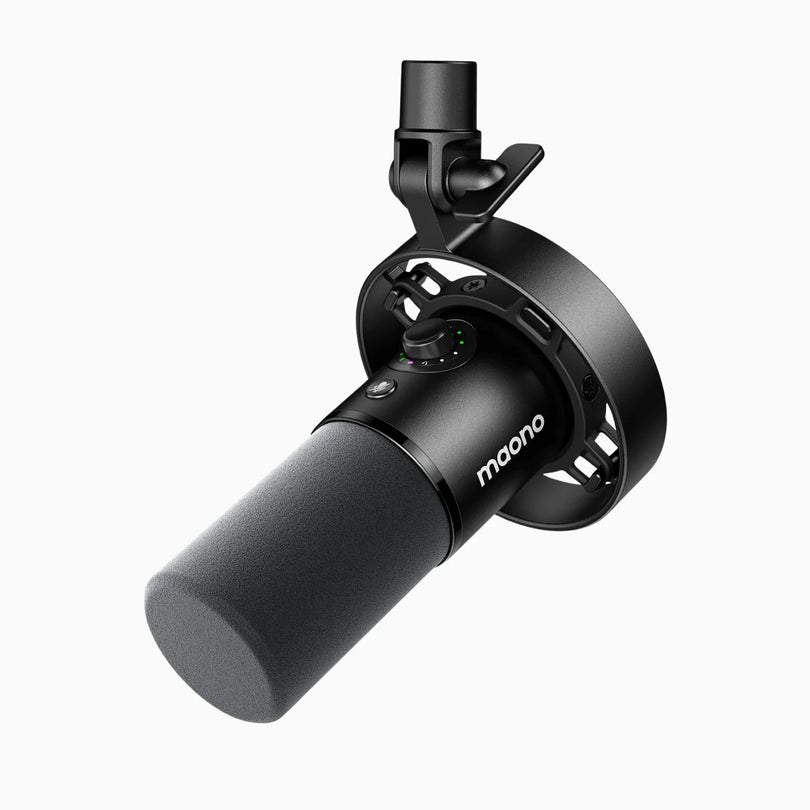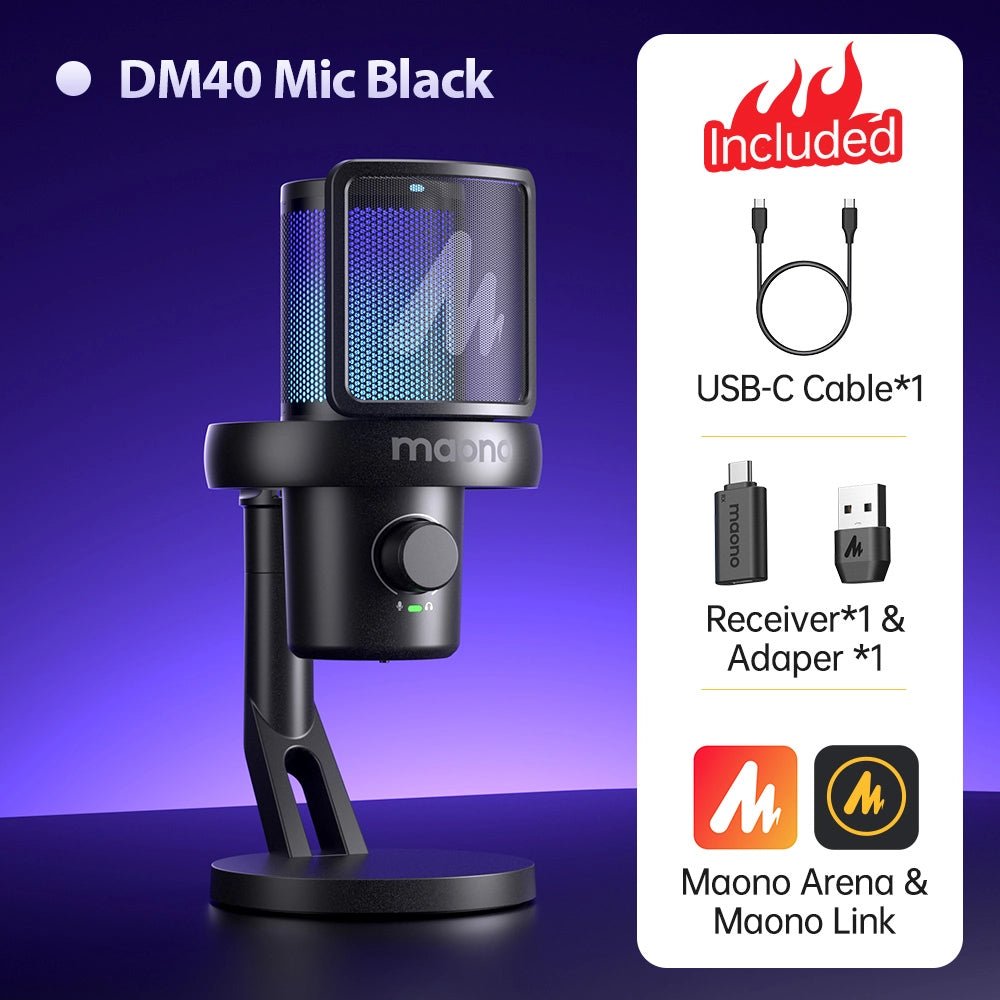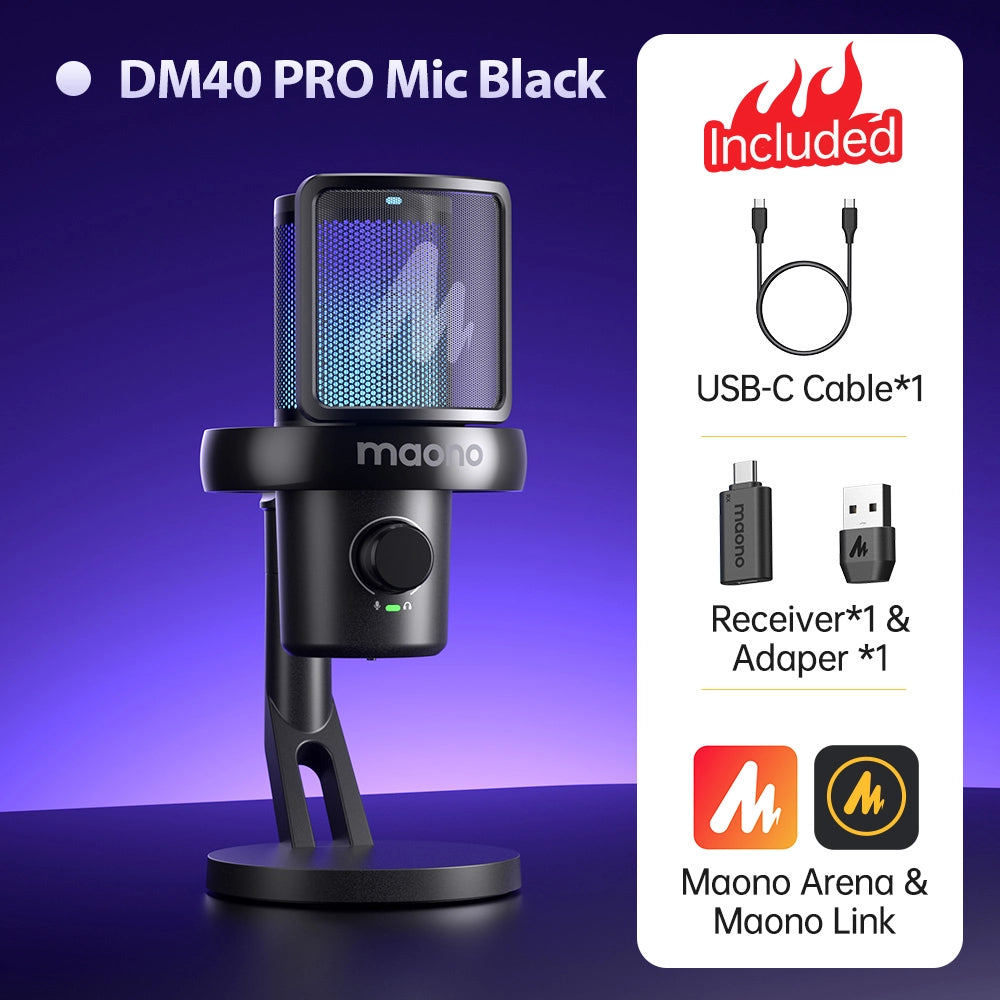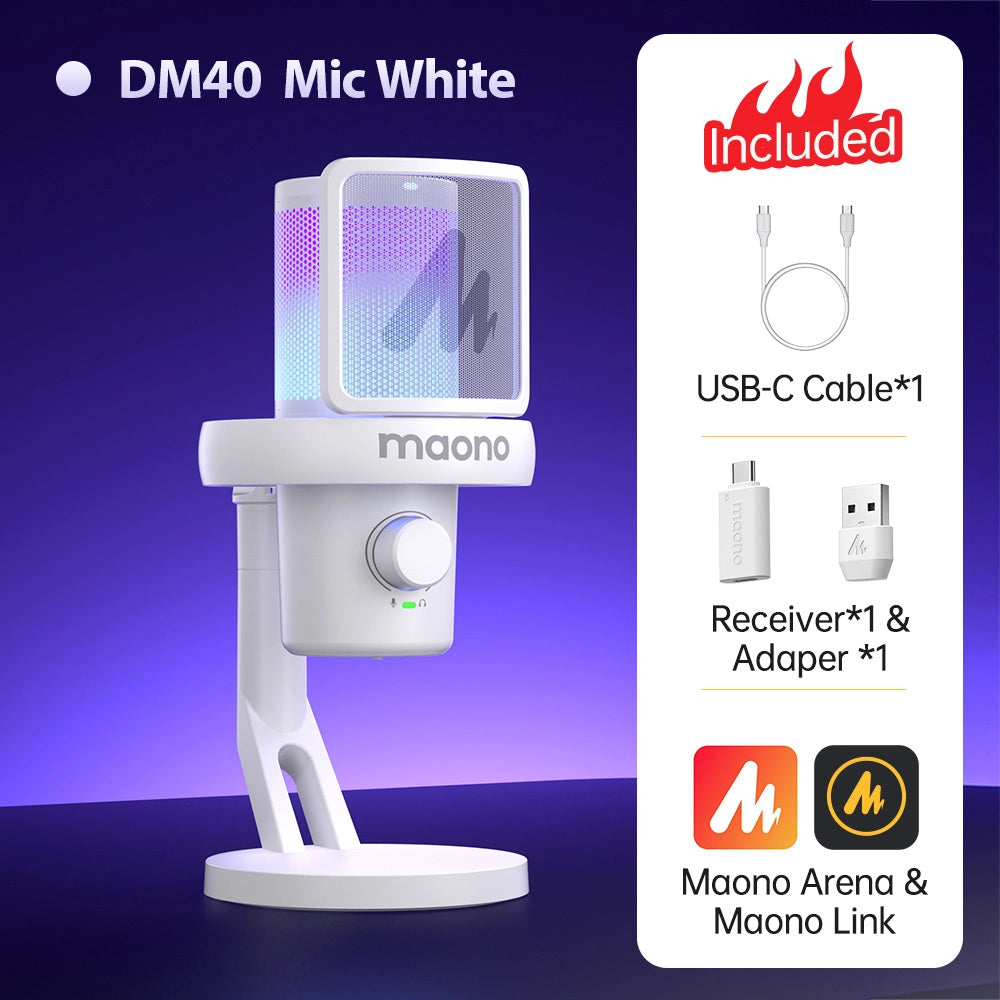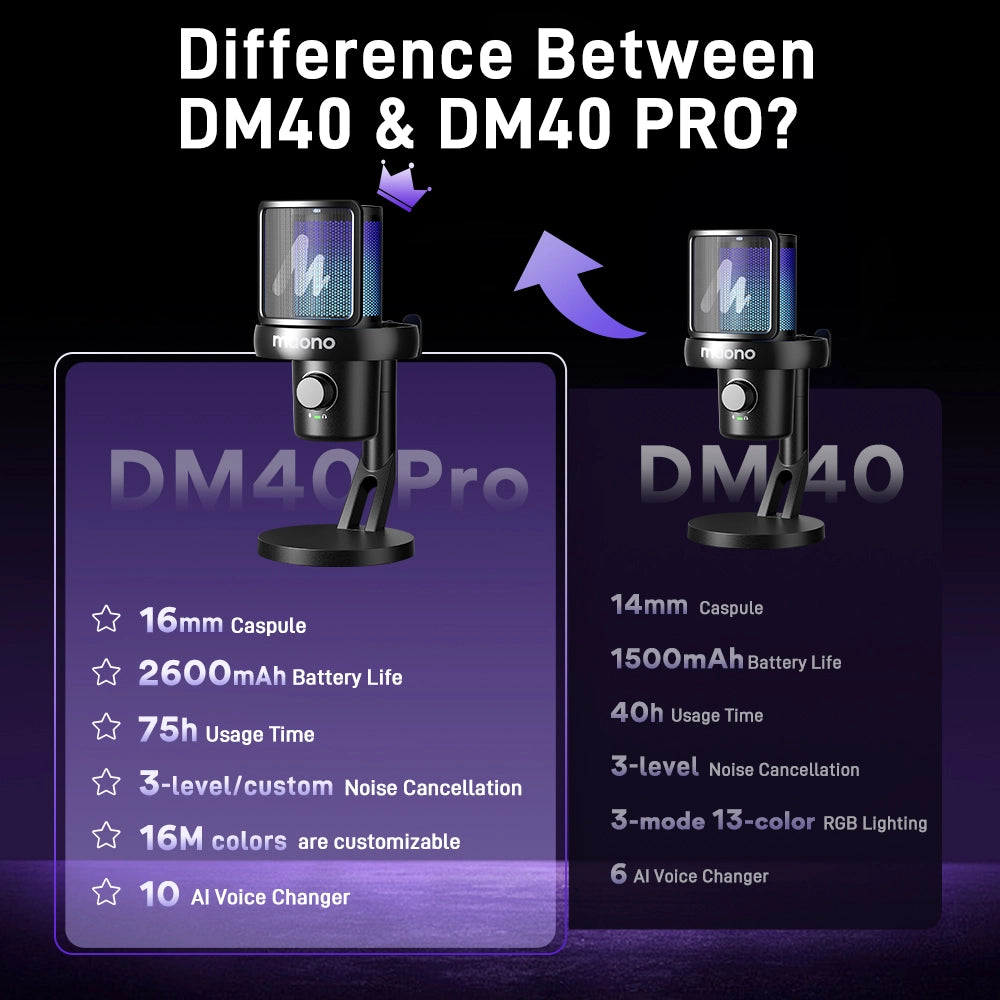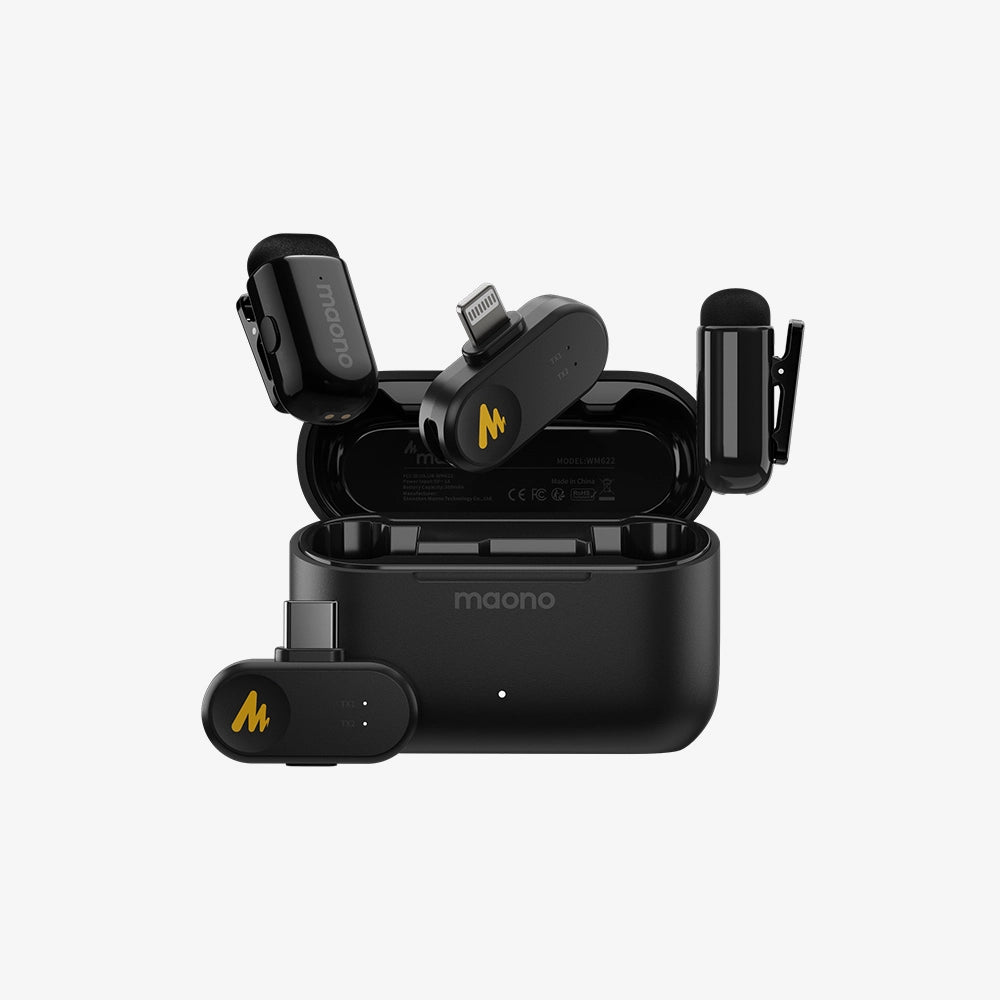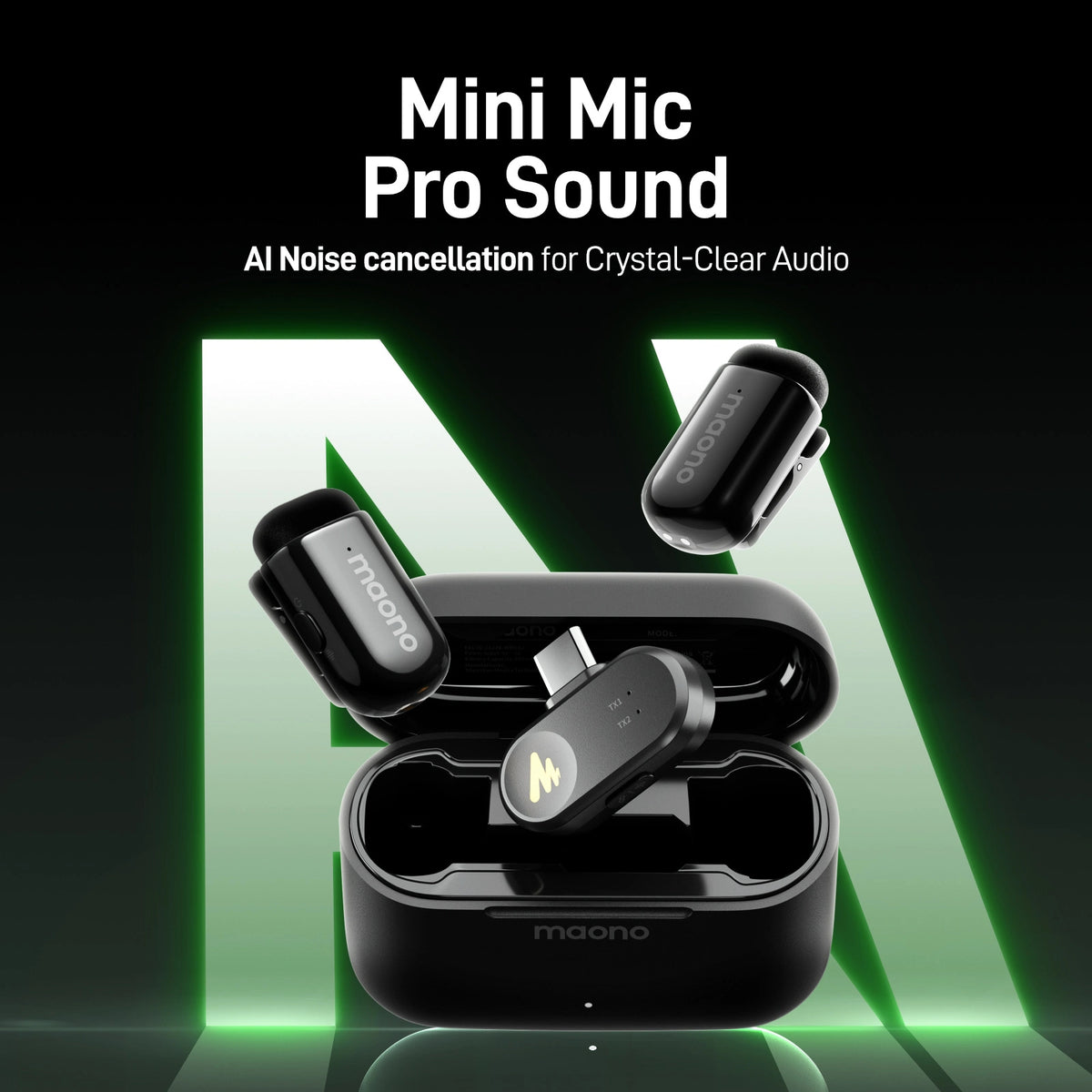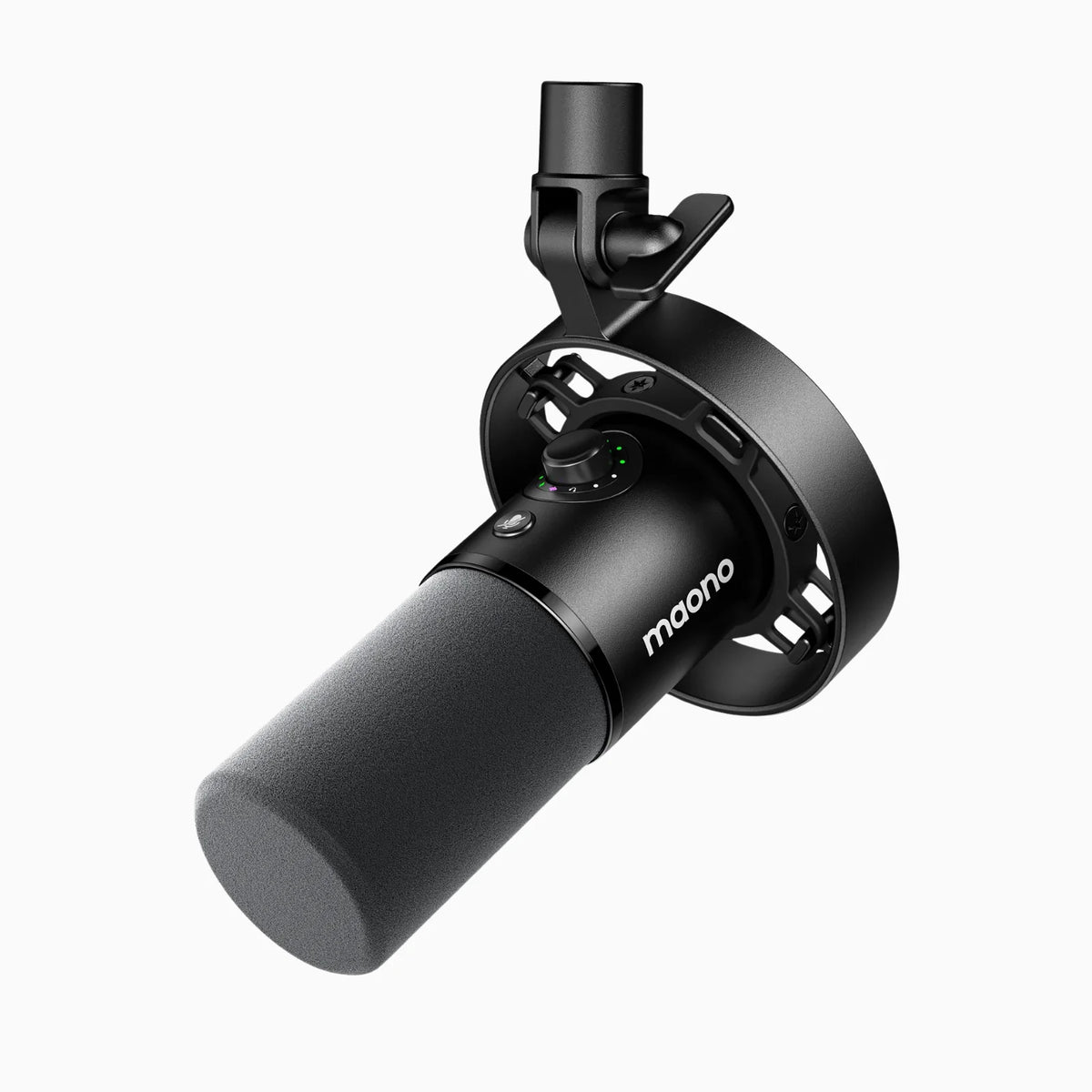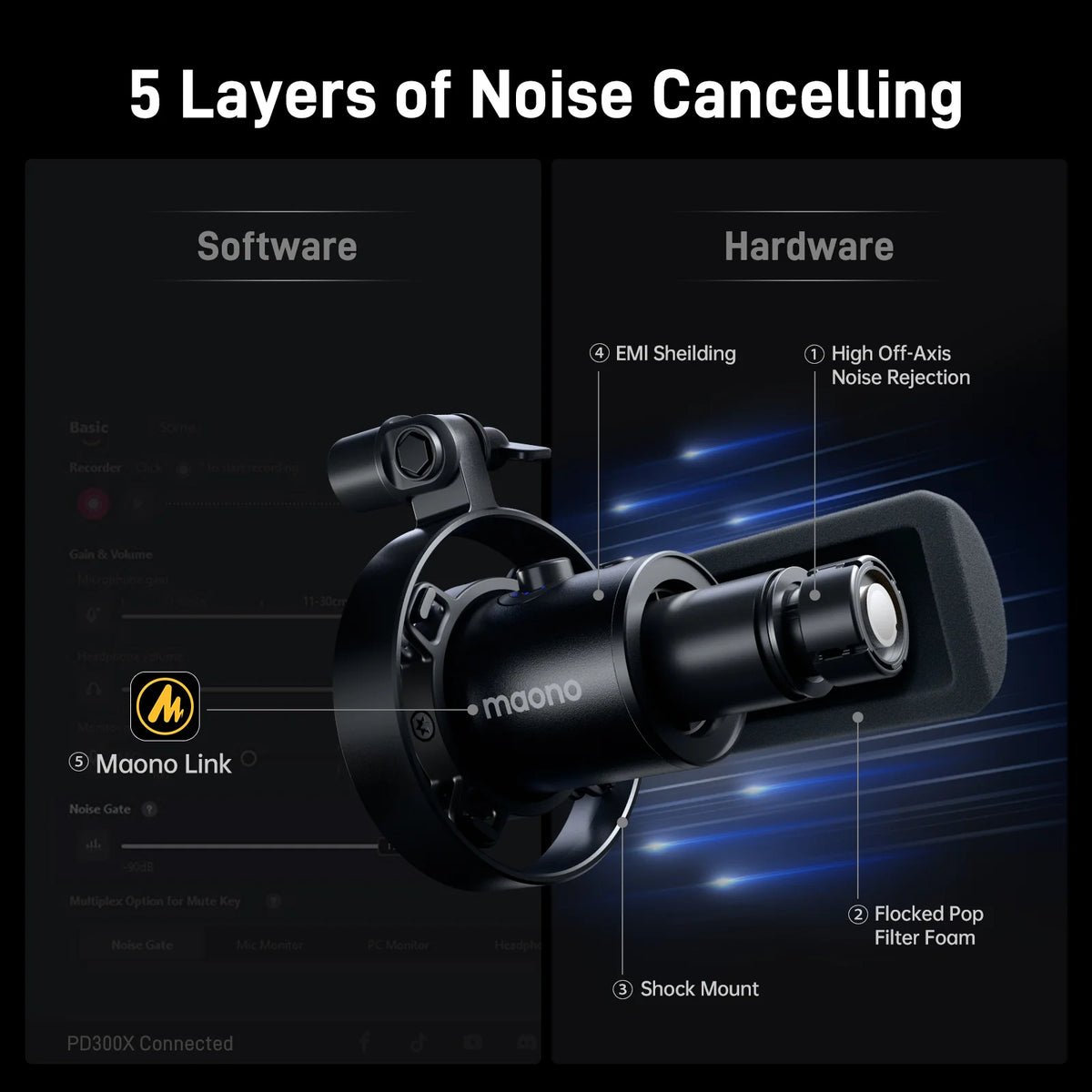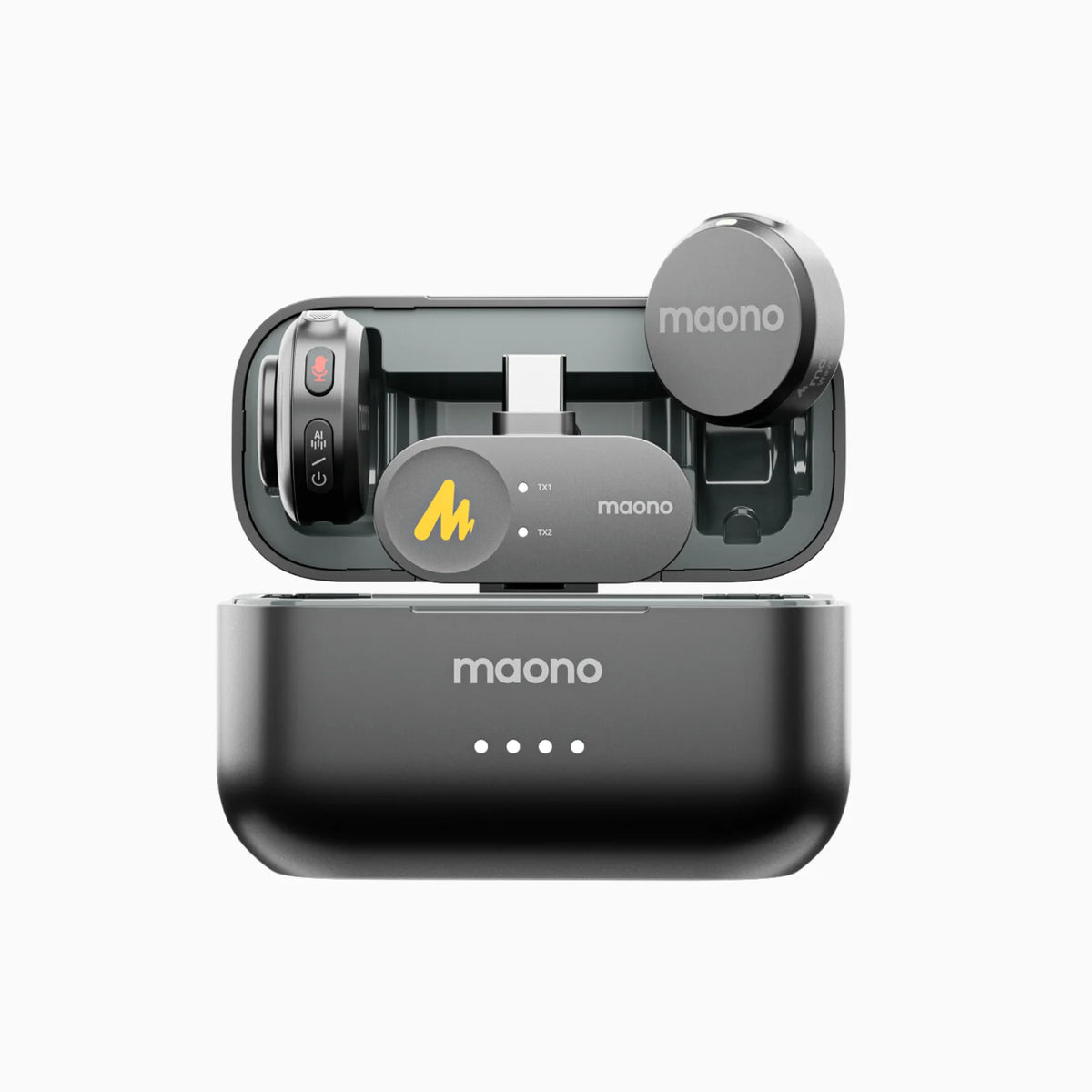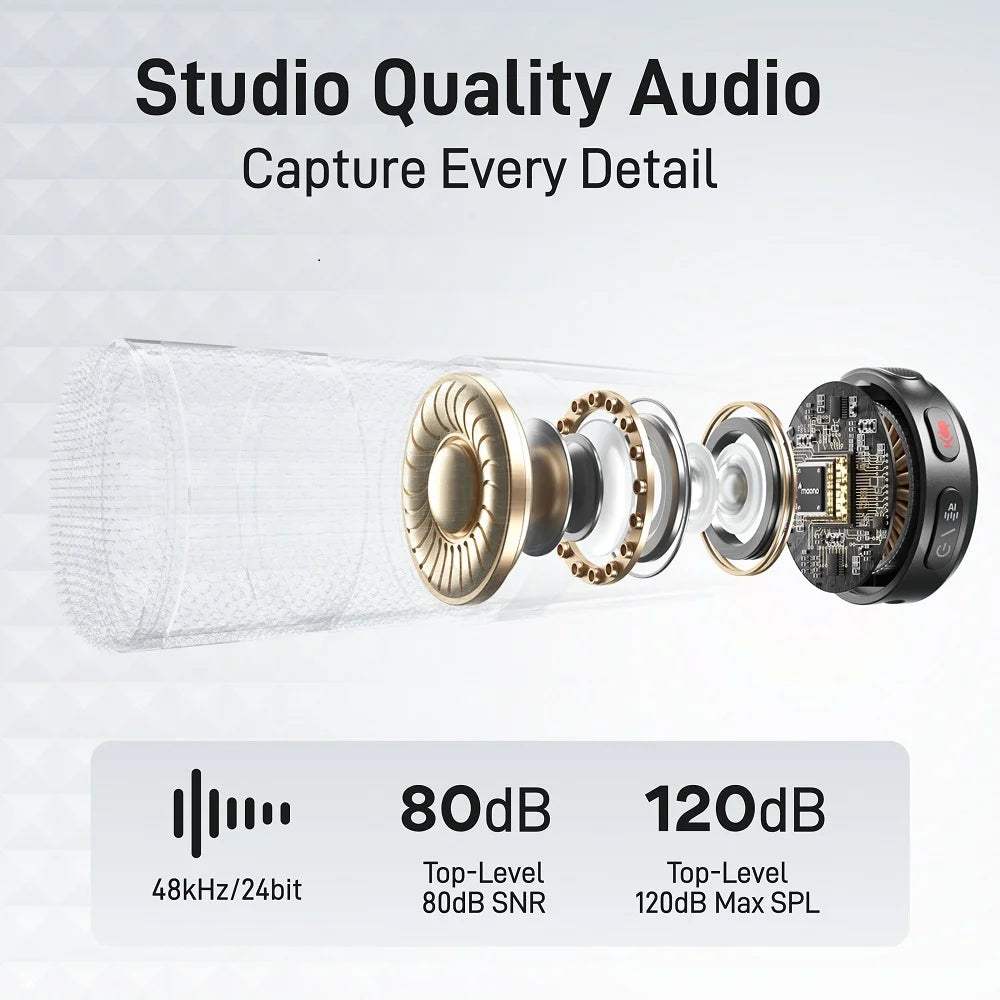Latency can make or break your recording session, especially when you're chasing that perfect take. If you're tired of hearing your tracks a split-second too late or dealing with frustrating delays, finding the right low-latency audio interface is essential to keep your creativity flowing seamlessly.
Having an audio interface with low latency is crucial in live streaming, podcasting, and music production. Latency refers to the delay between the input and output of audio signals, which can disrupt the timing and flow of your work. Low latency ensures that what you play, sing, or speak is heard almost instantaneously, making your workflow smoother and more efficient. In this article, we'll explore the best low-latency audio interfaces under $500 available in 2024, ideal for both beginners and professionals.
What Budget Audio Interface Mixer Has the Best Latency?
When searching for a budget audio interface with excellent latency performance, it's essential to consider factors like buffer size, driver efficiency, and USB or Thunderbolt connection speed. Among budget options, the Focusrite Scarlett 2i2 (3rd Gen) stands out for its low latency performance. With its reliable ASIO drivers and optimized USB connection, it offers impressively low round-trip latency, making it a top choice for musicians and producers working on a budget.
What Makes Low Latency on Audio Interface?
Several factors contribute to low latency in an audio interface:
- High-Quality Drivers: Efficient, well-written drivers are crucial for minimizing latency. ASIO (Audio Stream Input/Output) drivers, commonly used on Windows systems, are designed to reduce latency by bypassing the operating system's audio processing layers.
- Buffer Size: The buffer size determines how quickly the audio interface processes data. A smaller buffer size results in lower latency but requires more CPU power. A balance between buffer size and CPU load is necessary for optimal performance.
- Connection Type: The type of connection used by the audio interface also affects latency. Thunderbolt and USB 3.0 connections generally offer lower latency compared to older USB 2.0 interfaces due to faster data transfer rates.
- Hardware Quality: The internal components of an audio interface, including the AD/DA converters and the interface's processing power, play a significant role in reducing latency.
Where to Find and Buy an Audio Interface with Low Latency?
Audio interfaces with low latency can be found at various online and physical retailers. Popular online marketplaces such as Amazon, Sweetwater, B&H Photo Video, and Musician's Friend offer a wide range of options. For those who prefer in-store shopping, chains like Guitar Center and Sam Ash often stock these interfaces. It's essential to read user reviews and product specifications to ensure you're getting a model with the desired low-latency performance. Maono.com is the website where you find low-latency audio interfaces for a reasonable price.
4. Audio Interface vs. Mixer: What Are the Similarities and Differences?
Both audio interfaces and mixers serve as essential tools in music production, podcasting, and live streaming, but they have different functions and features.
Similarities:
- Signal Processing: Both devices handle audio signals, allowing you to control volume, equalization, and effects.
- Connectivity: Both interfaces and mixers provide inputs for microphones and instruments and outputs for monitors or headphones.
Differences:
- Primary Function: An audio interface is primarily designed to convert analog signals to digital (and vice versa) with minimal latency, making it ideal for recording and playback. A mixer, on the other hand, is designed to combine multiple audio signals, adjust their levels, and apply effects, making it more suitable for live sound or complex studio setups.
- Portability: Audio interfaces are typically more compact and portable, making them easier to use in mobile recording setups. Mixers, especially those with multiple channels, can be larger and less portable.
- Flexibility: Mixers often offer more flexibility in terms of routing and effects, while audio interfaces focus on providing high-quality conversion and low latency.
5 Best Audio Interfaces Under $500
Here are the top five low latency audio interfaces under $500, including two Maono mixer and audio interface combos:
1. Focusrite Scarlett 2i2 (3rd Gen)
- Price: Around $179
- Key Features: 2-in/2-out configuration, high-quality preamps, 24-bit/192kHz converters, low round-trip latency.
- Pros: Reliable, easy to use, excellent sound quality.
- Cons: Limited I/O for larger setups.
- Notable Features: The Focusrite Scarlett 2i2 is known for its durability and ease of use, making it a favorite among home studio enthusiasts.
2. MaonoCaster Lite AM200

- Price: Around $79.99
- Key Features: Mixer and audio interface combo, 2 mic inputs, real-time monitoring, 48V phantom power, built-in sound effects.
- Pros: Affordable, portable, and versatile for podcasting.
- Cons: Limited to beginner setups.
- Notable Features: This mixer and audio interface combo device is perfect for beginners looking to start podcasting or live streaming without a steep learning curve.
3. PreSonus AudioBox USB 96
- Price: Around $99
- Key Features: 2-in/2-out, 24-bit/96kHz recording, MIDI I/O, rugged build.
- Pros: Budget-friendly, solid performance, compatible with most DAWs.
- Cons: Basic feature set, not ideal for complex setups.
- Notable Features: The PreSonus AudioBox USB 96 is known for its simplicity and reliability, making it an excellent choice for beginners.
4. Maonocaster AM100

- Price: Around $199
- Key Features: Mixer and audio interface combo, 4-channel input, 48V phantom power, customizable sound pads, voice effects.
- Pros: Versatile, suitable for podcasts, live streaming, and music production.
- Cons: More complex than simpler interfaces, and requires some setup knowledge.
- Notable Features: The Maonocaster AM100 formerly known as: “MaonoCaster E2” is an audio interface mixer that offers a comprehensive set of features for podcasters and streamers who need more flexibility in their audio setup.
5. Audient iD4 MKII
- Price: Around $199
- Key Features: 2-in/2-out, class-leading converters, JFET DI input, scroll control.
- Pros: Excellent sound quality, durable build, intuitive design.
- Cons: Limited I/O for expansion.
- Notable Features: The Audient iD4 MKII is praised for its professional-grade audio quality, making it ideal for solo artists and small studios.
FAQs
1. What Are the Main Features of the Maono Audio Interfaces?
Maono audio interfaces, particularly the MaonoCaster Lite AM200 and MaonoCaster E2, offer several notable features:
- Ease of Use: Both models are designed with beginners in mind, featuring intuitive controls and a user-friendly interface.
- Versatility: These interfaces double as mixers, providing real-time monitoring, built-in sound effects, and multiple input options for microphones and instruments.
- Portability: Compact and lightweight, Maono interfaces are perfect for mobile recording and live streaming setups.
2. What Do Users Say About the Build Quality and Reliability of Maono Audio Interfaces?
Users generally praise Maono audio interfaces for their solid build quality and reliability, especially given their affordable price point. Many appreciate the durable construction and the robust feel of the knobs and buttons. However, some users have noted that while the interfaces are reliable for most tasks, they may not withstand heavy professional use over extended periods. For beginners and intermediate users, however, Maono interfaces are considered to be a reliable choice.
3. What Are Some Recommended Accessories for Use with Maono Audio Interfaces?
To get the most out of your Maono audio interface, consider the following accessories:
- High-Quality XLR Cables: For connecting microphones to the interface with minimal signal loss.
- Pop Filter: Essential for reducing plosive sounds during recording.
- Microphone Stand: To ensure stability and proper positioning of your microphone.
- Shock Mount: To reduce vibrations and unwanted noise from the microphone.
- Headphones: A good pair of monitoring headphones is crucial for accurate sound monitoring during recording and mixing.
Conclusion
Choosing the right audio interface with low latency is crucial for anyone involved in music production, podcasting, or live streaming. With options like the Focusrite Scarlett 2i2, MaonoCaster Lite AM200, and Audient iD4 MKII, you can find high-quality interfaces under $500 that deliver excellent performance and low latency. Whether you're a beginner setting up your first home studio or a seasoned professional looking for an affordable yet reliable interface, these options offer the perfect balance of features, quality, and value. As you explore your options, consider your specific needs, and you'll be well on your way to creating great content with minimal latency interference.




